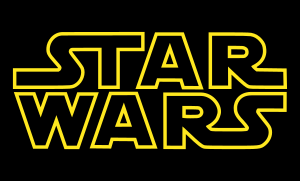
- Image via Wikipedia
WHEN the famous hologram of Princess Leia says, “Help me, Obi-Wan Kenobi,” in “Star Wars,” it’s science fiction.
Now you can watch actual moving holograms that are filmed in one spot and then projected in another spot.
“The hologram is about the size and resolution of Princess Leia in the movie,” said Nasser Peyghambarian, an optical scientist at the University of Arizona and leader of a research team that recently demonstrated the technology, reported in the Nov. 4 issue of Nature.
The holograms aren’t as speedy as those in Hollywood. The images move a lot more haltingly, as the display changes only every two seconds, far slower than video sailing past at 30 frames a second.
But unlike science fiction, these holograms are actually happening and in close to real time: a fellow is filmed in one room, the computer-processed data is sent via ethernet to another room, and then laser beams go to work. Voilà: His holographic telepresence appears and moves, albeit somewhat jerkily, in apparently solid detail (until you try to put a hand through him).
Innovative research in holography is going on at labs and companies worldwide, said Lisa Dhar, a senior technology manager at the University of Illinois, Urbana-Champaign, who is an expert in holographic materials.
“Groups are deploying new materials and methods to create compelling work” of both still and moving holograms, Dr. Dhar said.
The work has implications beyond the lab, she said. We may need to wait a decade before watching holographic movies at home. But even before the technology is practical for games and entertainment, it promises applications in advertising, the military, architecture and engineering.
Related articles
- Wildcat: Holograms Moving From Science Fiction to Reality – NYTimes.com (nytimes.com)
- Coming Soon: Holographic Skype (usnews.com)
- Scientists unveil moving 3D holograms (ft.com)


